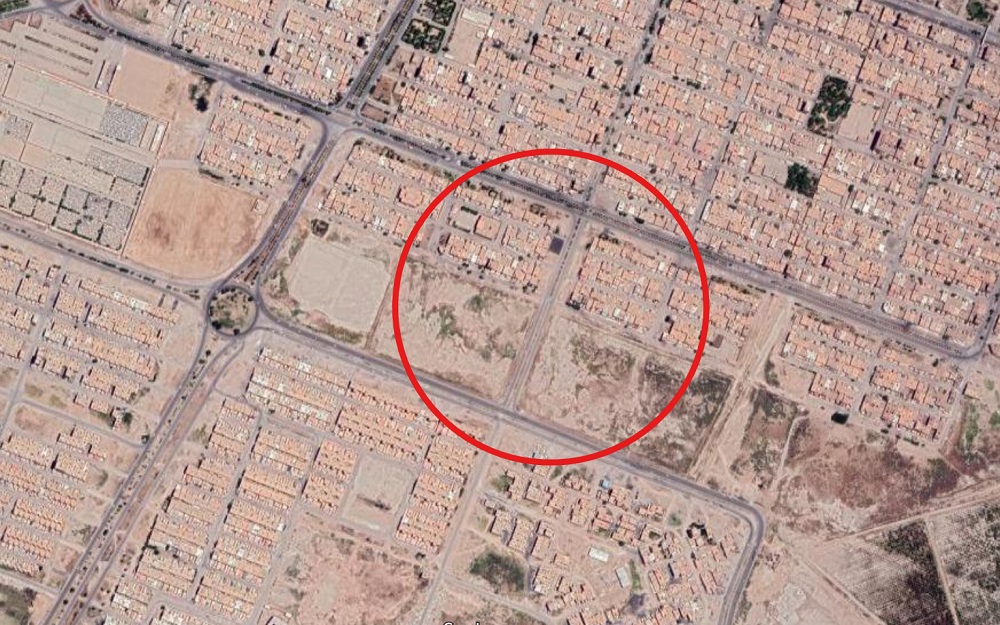The Iranian government has built a major road on top of a mass grave of victims of the 1988 massacre in Ahvaz, south-west Iran, in what amounts to a cover-up and extension of its ongoing crime against humanity.
Justice for the Victims of the 1988 Massacre in Iran (JVMI) has received credible reports and video graphic evidence that show the construction of a boulevard over the site of the mass grave in the Padadshahr district of Ahvaz.
The boulevard connects Besharat Street to Beheshtabad Boulevard in the section between Mahdis and Phase 5 of Padadshahr.
The construction took place over the mass grave, which was previously marked with large cement blocks that have now been destroyed.
[youtube https://www.youtube.com/watch?v=vBLC3SZqKXQ&w=560&h=315&rel=0]
In addition to victims of the 1988 massacre, a large number of political prisoners who were executed between 1981 and 1988 are also buried in Padadshahr.
Credible reports indicate that the government of Iran began to destroy the mass grave in Padadshahr district at the end of July 2018.
[youtube https://www.youtube.com/watch?v=ACTWVJQSGcI&w=560&h=315&rel=0]
[youtube https://www.youtube.com/watch?v=Hplnult8v2c&w=560&h=315&rel=0]
Background to the 1988 Massacre:
In 1988, the government of Iran massacred some 30,000 political prisoners. The executions took place based on a fatwa by Supreme Leader Ayatollah Khomeini. Three-member commissions known as ‘Death Commissions’ were formed across Iran sending political prisoners who refused to abandon their beliefs to execution. The victims, primarily members of the opposition People’s Mojahedin Organisation of Iran (PMOI or MEK), were buried in secret mass graves. The perpetrators continue to enjoy impunity. Since 2016, the names of nearly 100 ‘Death Commission’ members have been revealed. Many still hold senior positions in the Iranian judiciary or government. They include the current Chief Justice and Justice Minister of Iran.
An investigation by JVMI in 2016-2017 traced the existence of 59 mass graves related to the 1988 massacre across Iran. The findings are based on eye-witness reports, information provided by family members of victims and documentary and photographic evidence from the sites.
The JVMI published its findings in a report in October 2017 (‘The 1988 Massacre in Iran: Evidence of a Crime Against Humanity’).

